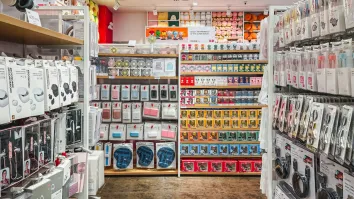
What drives Australia's retail transformation
Next-generation consumer channels and behaviours are anticipated to shape retail growth trends.
The Australian retail sector is undergoing significant changes due to the COVID-19 pandemic, shifting consumer preferences, and technological advancements, according to KPMG’s Towards Seamless Commerce report.
The report said that there was a notable increase in e-commerce as Australians spent more time at home during lockdowns. However, growth in discretionary spending slowed due to rising interest rates. Despite this, the retail sector faces labor recruitment challenges which are expected to ease with a projected population growth of 4.5 million by 2030.
“Trends suggest retail growth will be driven by next-generation consumer channels and behaviour with over half of Gen Z initiating purchases through social media, emphasising convenience, ESG and data protection,” the report noted.
Online retail accounted for 10% of total sales during the pandemic, up from 6.6% pre-COVID-19. Digital payment methods and 'buy now, pay later' services have also become mainstream, reshaping consumer transactions. However, Australia still lags behind the US by 5% in online penetration, indicating significant growth potential in the e-commerce sector.
ALSO READ: Retail investment in Australia soars to $2.6b in Q4 2023
“Consumers expect a seamless, connected experience across online and offline channels,” the report said.
“Retailers are investing accordingly, turning to AI to improve the customer experience, enabling greater personalization and more targeted offers,” it added.
Moreover, retailers are increasingly investing in technology to enhance the customer experience, including AI, augmented reality, and virtual reality. These technologies allow consumers to virtually try products online before purchasing.
Australia's retail landscape combines elements of European high-street retail and American malls. Smaller neighborhood malls have proven resilient, whilst larger malls saw a rebound post-lockdown. However, consumer 'dwell' time in stores has decreased, with more research conducted online leading to larger purchases.
Most Australian retailers have reduced their physical store footprint during the pandemic, prioritising digital channels.
The report noted that retailers are optimising delivery through strategic fulfillment centers despite challenges faced by some delivery companies.
Retailers are also investing in real-time inventory management, order fulfillment, and data analytics to offer a seamless customer experience across channels. Additionally, ‘click and collect' services are growing, and social commerce is becoming a key driver of engagement.
As retailers expand their loyalty programs and offer personalized real-time offers, data security also becomes paramount. Retail media has also become a profitable revenue stream for companies, requiring new capabilities such as data science.

















 Advertise
Advertise








